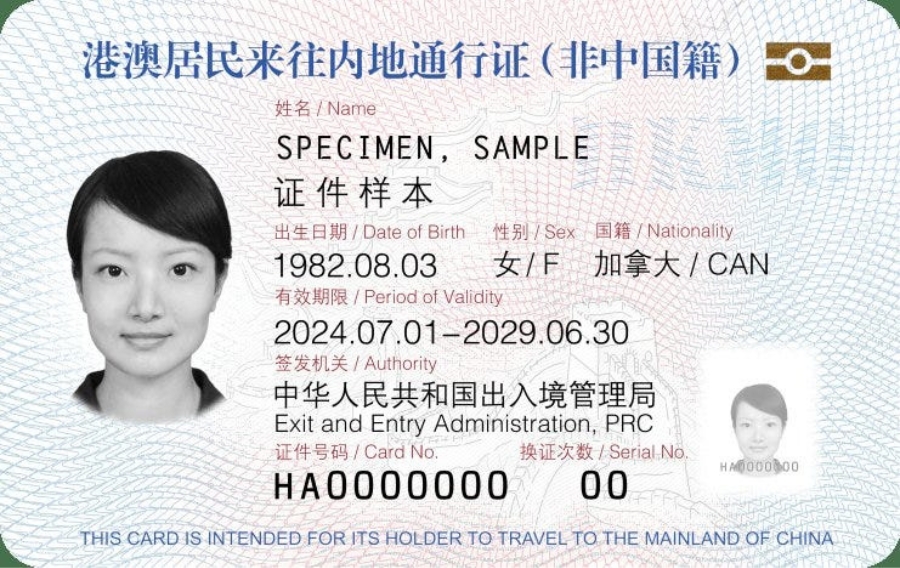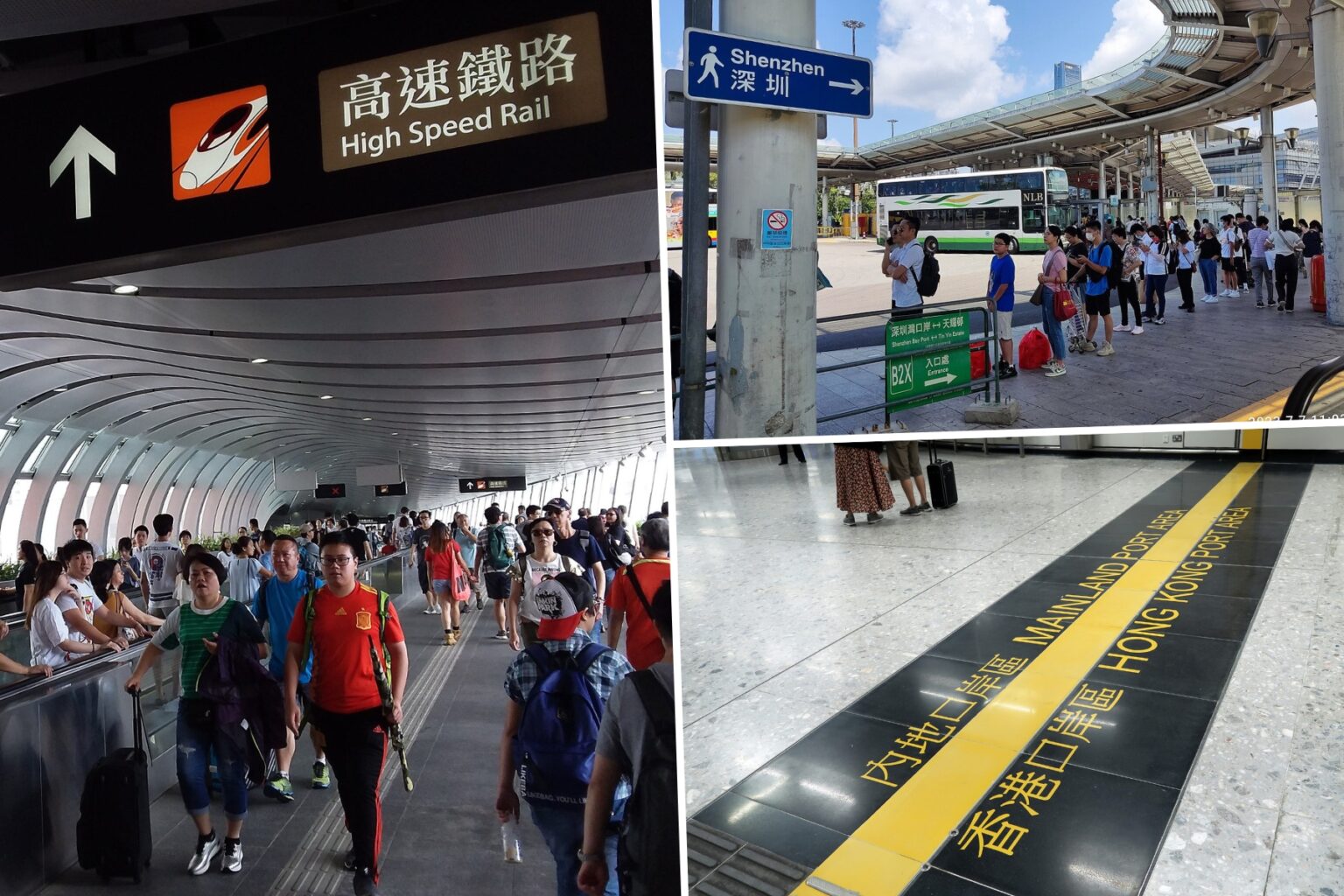Mainland Chinese authorities recently announced that non-Chinese Hong Kong Permanent Residents, irrespective of nationality, can apply for a new permit to visit Mainland China they can use for multiple 90-day trips for up to five years. Applications for the permit, which is issued in the form of a card, opened on July 10, 2024. Here’s everything you need to know about how to get the new permit, from the documents you require, to the wait times, and how much it costs.
What is the new permit for Hong Kong Permanent Residents to visit Mainland?
Officially known as the Mainland Travel Permit for Hong Kong and Macau Permanent Residents (Non-Chinese Citizens), the document allows Hong Kong residents who have lived in the territory for more than seven years and have a Hong Kong Permanent Resident ID card to travel to Mainland China for tourism, business, and family visits. The permit is valid up to five years, and can be used for multiple trips, each lasting no more than 90 days. The permits can be renewed in Hong Kong and in Mainland China.

What documents do I need to get the permit?
To qualify for the new travel permit, you’ll need the following documents:
- Passport with a six-month minimum validity
- Hong Kong Permanent Resident ID Card
- Access to Information Form
- Passport photograph
- Completed application form
The application fee is HK$260, and it takes about 20 days for authorities to process the permit. Children under 18 years old can apply, but they must be accompanied by a guardian.
How do I get my Access to Information Form?
Once you have your passport and ID in place, the next thing to do is apply for an Access to Information of Immigration Department form. You’ll need to provide details such as your name, correspondence address, contact details such as your phone number and email address. Once you’ve submitted the form, you’ll get an email conformation from the Immigration Department within a day with a reference number and link to check the status of your request online. The form will reach you by registered post within 10 days of your request.
How do I make an appointment to get my permit?
After you receive your Access to Information form, you can then apply for your permit on the China Travel Service (CTS) website. The form requires personal details such as your name, nationality, date of birth, and occupation. You must specify if you already have a current Mainland China visa. Once you’ve completed your form online, upload your passport and HKID, then wait to receive an email stating that your application has been pre-approved. Click the link in the email, which will take you to the list of centres at which you can make an appointment and the first available appointment date.
Book your appointment and head to the centre, and take your passport, HKID, and Access to Information form. Keep photocopies of all these documents handy, but you can make copies at the centre if you prefer. You can also take passport pictures at the centre, which will have the CTS barcode, but arrive there early to do this. Hand over your documents and photographs, and once they’ve been okayed, pay your HK$260 application fee. Once this is done, you’ll get your application number and will have to come back in about four weeks to collect your permit in person.
Header image credits: Wpcpey, QINGFATTIEAM 2002 via WikiCommons




